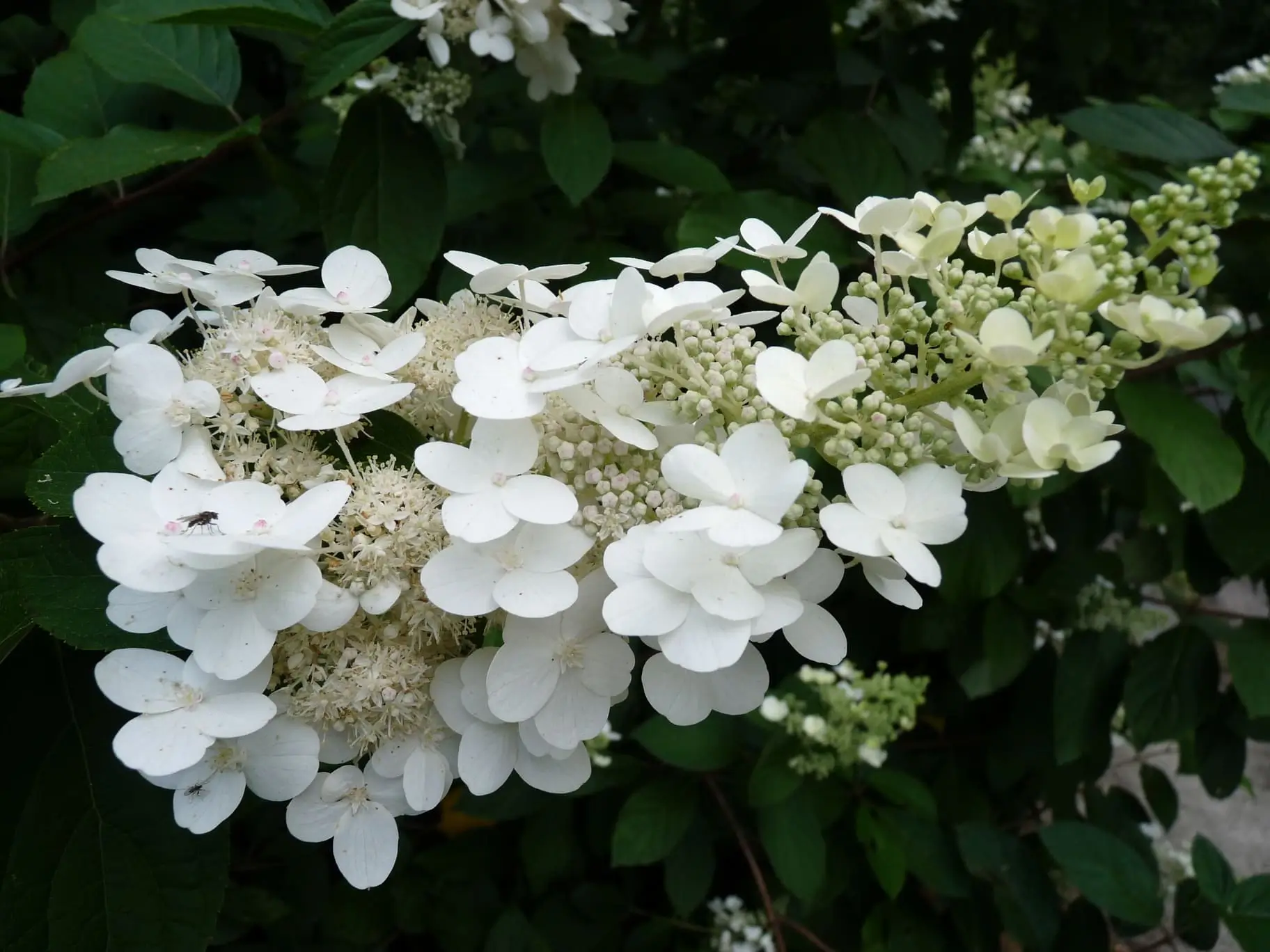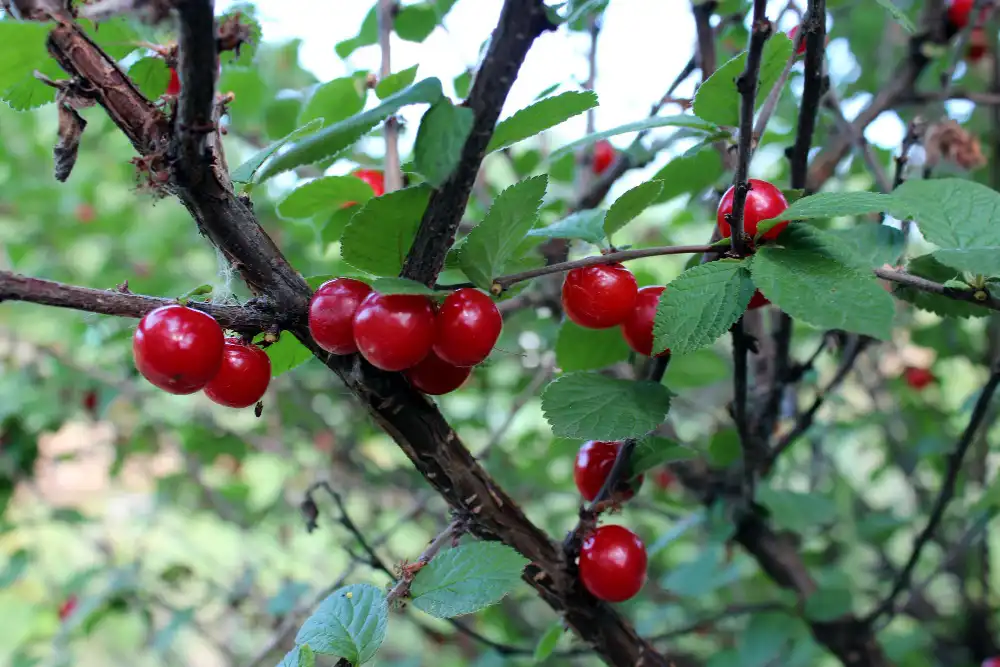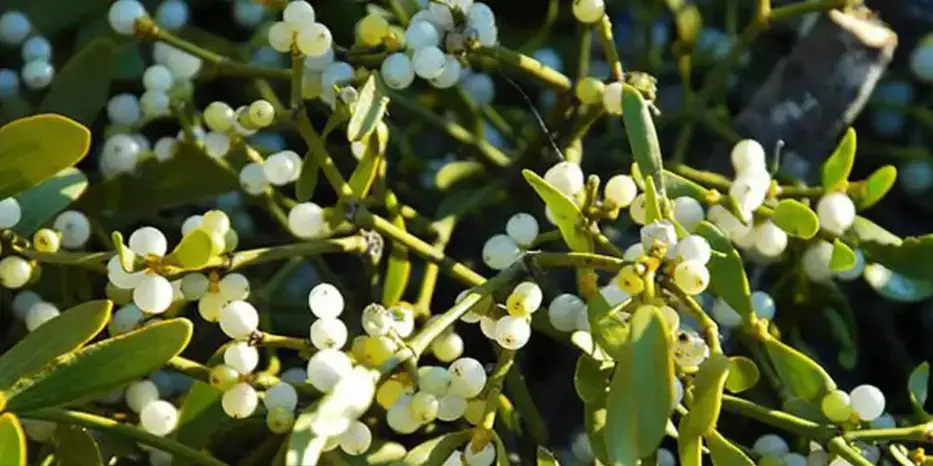
Soil Health & Fertilization
We unite suppliers and green industry professionals worldwide
Need something that blooms when the majority of your garden is starting to fade? Meet Tardiva Hydrangea— a graceful, late-blooming beauty that adds the elegance of white, generous, airy panicles to your landscape at a time when summer is winding down.
By Victor Miller
|Published on June 18, 2025


"To plant a garden is to believe in tomorrow." – Audrey Hepburn
Need something that blooms when the majority of your garden is starting to fade? Meet Tardiva Hydrangea— a graceful, late-blooming beauty that adds the elegance of white, generous, airy panicles to your landscape at a time when summer is winding down. A cultivar of Hydrangea paniculata, ‘Tardiva’ is valued not only for its dependability in flower production and sturdy stems, but also for its adaptability to a wide range of growing conditions.
This tough shrub also makes a pretty statement with its elegant cone-shaped flowers and handsome green leaves. It offers late-season interest, brings pollinators and works well in everything from foundation plantings to large containers. Best of all, it’s simple to grow and even simpler to love.
| Botanical Name | Hydrangea paniculata ‘Tardiva’ |
| Common Name | Tardiva Hydrangea |
| Type | Deciduous flowering shrub |
| Size | 8–12 feet tall, 6–10 feet wide |
| Sunlight requirements | Full sun to partial shade |
| Soil | Moist, well drained, ferlite |
| Water Needs | Moderate |
| Hardiness Zones | 3–8 |
| Bloom Season | Late summer to fall |

September 25, 2025
9 minute read
September 24, 2025
9 minute read
September 23, 2025
10 minute read
September 22, 2025
9 minute read


Join as a seller and connect with thousands of B2B buyers nationwide!
Sign Up

Nanking Cherry
Nanking Cherry (Prunus tomentosa) is a fruiting shrub that deserves a starring role in both edible and ornamental landscapes. This hardy deciduous species delights with pale pink-white blooms in spring, followed by a heavy crop of bright red cherries.

Lacecap Hydrangea
Would you ever imagine a plant that can change its flower color depending on the soil? Lacecap Hydrangea (Hydrangea macrophylla var. normalis) does exactly that.

Oak Mistletoe
Oak Mistletoe (Phoradendron leucarpum) is a semi-parasitic plant known as much for its role in nature as it is for its place in holiday traditions. It’s admired for its evergreen foliage but misunderstood because of its unusual growing habits.

Oakleaf Hydrangea
Oakleaf Hydrangea (Hydrangea quercifolia) is a genuine multi-season miracle. This shrub offers something special every season — from creamy white flower cones in summer to crimson foliage in autumn and exfoliating bark that adds texture to winter gardens.
Tardiva Hydrangea is a relatively low-maintenance shrub once it’s established. It prefers to grow in full sun to partial shade, and in fertile, well-drained soil. This cultivar blooms later than most hydrangeas—typically from late summer into early fall—making it a valuable addition to extend your garden’s color.
The foliage will stay full and the flowers abundant with regular watering, especially during dry spells. And unlike with some hydrangeas, the flower color is not influenced by soil pH. The flowers begin creamy white, then age to a silvery-pink or beige. With yearly pruning and the right placement, Tardiva hydrangea will reward you with consistent performance year after year.
Tardiva hydrangeas like full sun in cooler climates, and partial shade in hotter climates. Aim for at least 4 to 6 hours of sunlight a day. Too much shade can lead to fewer blooms and leggy growth, while too much hot afternoon sun can stress the plant. A spot that gets morning sun with dappled afternoon shade is usually perfect.
These Hydrangeas do best in rich, loamy soil that is well drained. Although they can withstand a variety of conditions, they like their soil rich in organic matter. Aim for a neutral to slightly acidic pH (6.0 – 7.0). If you have heavy clay soil, lighten it with added compost and coarse sand to aid drainage. A mulched base will help maintain moisture and soil quality.
Tardiva hydrangeas need consistent moisture, especially during their first year and during flowering. Soil should be kept evenly moist, but not soggy. Water deeply one to two times per week, depending on rainfall, and more frequently during hot, dry spells. Avoid overhead watering—watering at the base helps prevent fungal diseases and leaf spotting.
Pruning Tardiva Hydrangea keeps it looking full, encourages bigger blooms, and improves airflow. Here’s how to handle it:
You can propagate Tardiva hydrangeas from either softwood cuttings or hardwood cuttings. Here’s how to do it:
Even though it can grow quite large, Tardiva Hydrangea can thrive in containers with some care:
Tardiva hydrangeas are cold-hardy flowers growing in USDA zones 3-8. They tend not to require additional protection when in the ground.
For colder climate areas, you can mulch heavily around the base in late fall to protect the roots. For container-grown plants, either bring the pots to a sheltered spot, such as an unheated garage, or cover the pot with burlap and insulate with straw. Avoid pruning in fall, as new growth could be stimulated and then damaged by frost.
This variety is cherished for its late-season display of flowers. Tardiva hydrangea usually flowers in late summer and early fall, when many other shrubs are winding down.
Its large, upright panicles start out a creamy white, then turn pink as fall approaches. Unlike the mophead type hydrangeas, the blooms do not change with soil pH. Deadheading spent blooms will make the plant look better, but isn’t necessary to keep flowering.
Though tough and problem-resistant over all, here are some things to look out for in a Tardiva hydrangea:
No blooms → Typically a result of too much shade, or pruning at the wrong time.
If you want a plant that glows when others fade, Tardiva hydrangea is the best choice. With its tall, elegant blooms, sturdy structure, and reliable performance, it makes a lovely late garden feature year after year.
Easy to grow and maintain, this late bloomer brings charm and structure to any setting—from garden borders to large pots. Add a bit of light, water, and a well-timed prune, and Tardiva Hydrangea will reward you with a lavish, elegant showing every season.
No. Tardiva’s flowers don’t change color with soil pH - they start white and age to pink or beige.
Late winter to early spring is best, as it blooms on new wood.
It is partial shade-tolerant, but requires at least 4 hours of sunlight for best blooming.
Not totally — hydrangeas can be attractive to deer, so protect young plants if deer are common in your area.

Soil Health & Fertilization
Victor Miller

Pest Identification & Prevention
Victor Miller

Lawn Care Tips & Maintenance
Victor Miller

Soil Health & Fertilization
Victor Miller

Smart Irrigation Systems
Victor Miller

Patios, Walkways & Driveways
Victor Miller

Soil Health & Fertilization
Victor Miller

Pest Identification & Prevention
Victor Miller
My Account
Our team is always here to help.
We are open Monday - Friday, 9:00 AM to 4:30 PM PST.